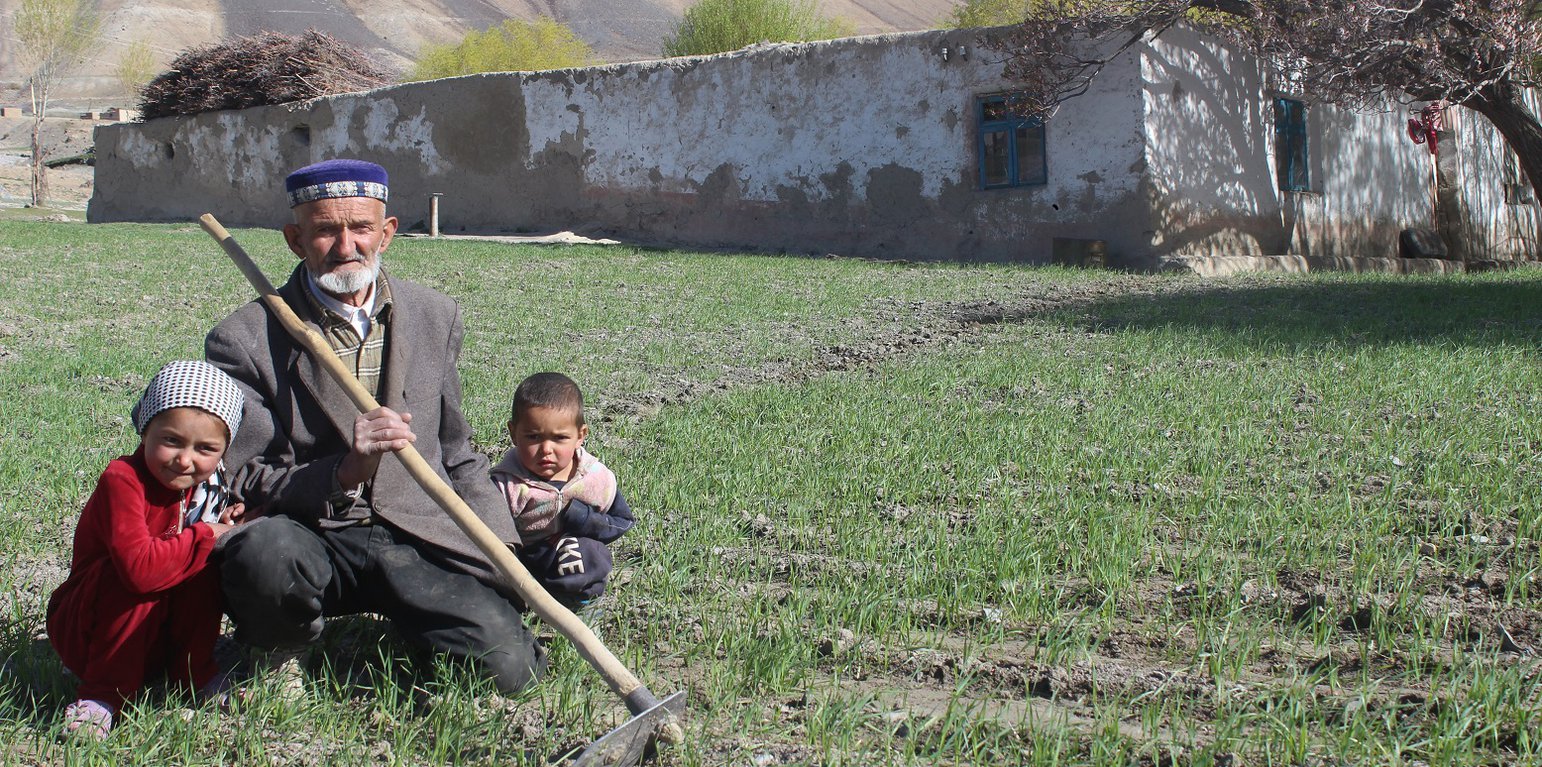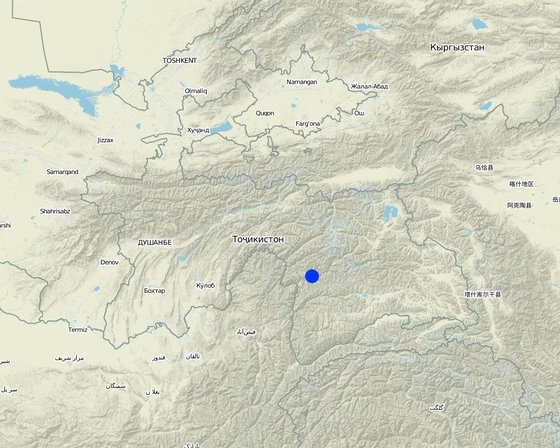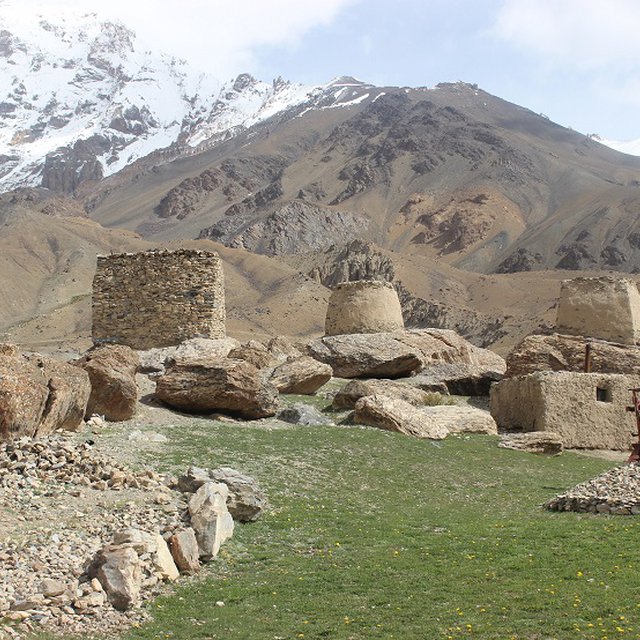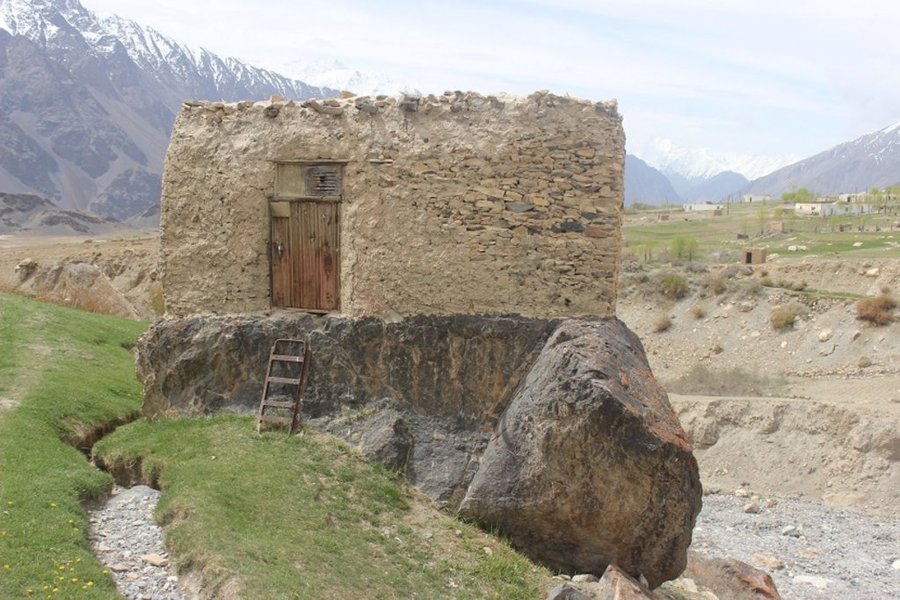Classification of the Technology
Main purpose
-
improve production
-
reduce, prevent, restore land degradation
-
conserve ecosystem
-
protect a watershed/ downstream areas – in combination with other Technologies
-
preserve/ improve biodiversity
-
reduce risk of disasters
-
adapt to climate change/ extremes and its impacts
-
mitigate climate change and its impacts
-
create beneficial economic impact
-
create beneficial social impact
Land use
-
Cropland - Annual cropping, Perennial (non-woody) cropping, Tree and shrub cropping
Main crops (cash and food crops):
-
Grazing land - Extensive grazing land: Semi-nomadism/ pastoralism
other (specify):
Main animal species and products:
Water supply
-
rainfed
-
mixed rainfed-irrigated
-
full irrigation
Number of growing seasons per year:
1
Land use before implementation of the Technology:
n.a.
Livestock density:
n.a.
Purpose related to land degradation
-
prevent land degradation
-
reduce land degradation
-
restore/ rehabilitate severely degraded land
-
adapt to land degradation
-
not applicable
SLM group
-
integrated crop-livestock management
-
integrated pest and disease management (incl. organic agriculture)
-
post-harvest measures
SLM measures
-
structural measures - S11: Others
-
management measures - M7: Others
References
Date of documentation: Mei 17, 2018
Last update: Junie 14, 2019
Resource persons
-
Mizrob Amirbekov (mizrob.amirbekov@akdn.org) - SLM specialist
Full description in the WOCAT database
Documentation was faciliated by
Institution
- Worldbank Tajikistan (WB Tajikistan) - Tajikistan
Project
- Mountain Societies Development Support Programme, Tajikistan












